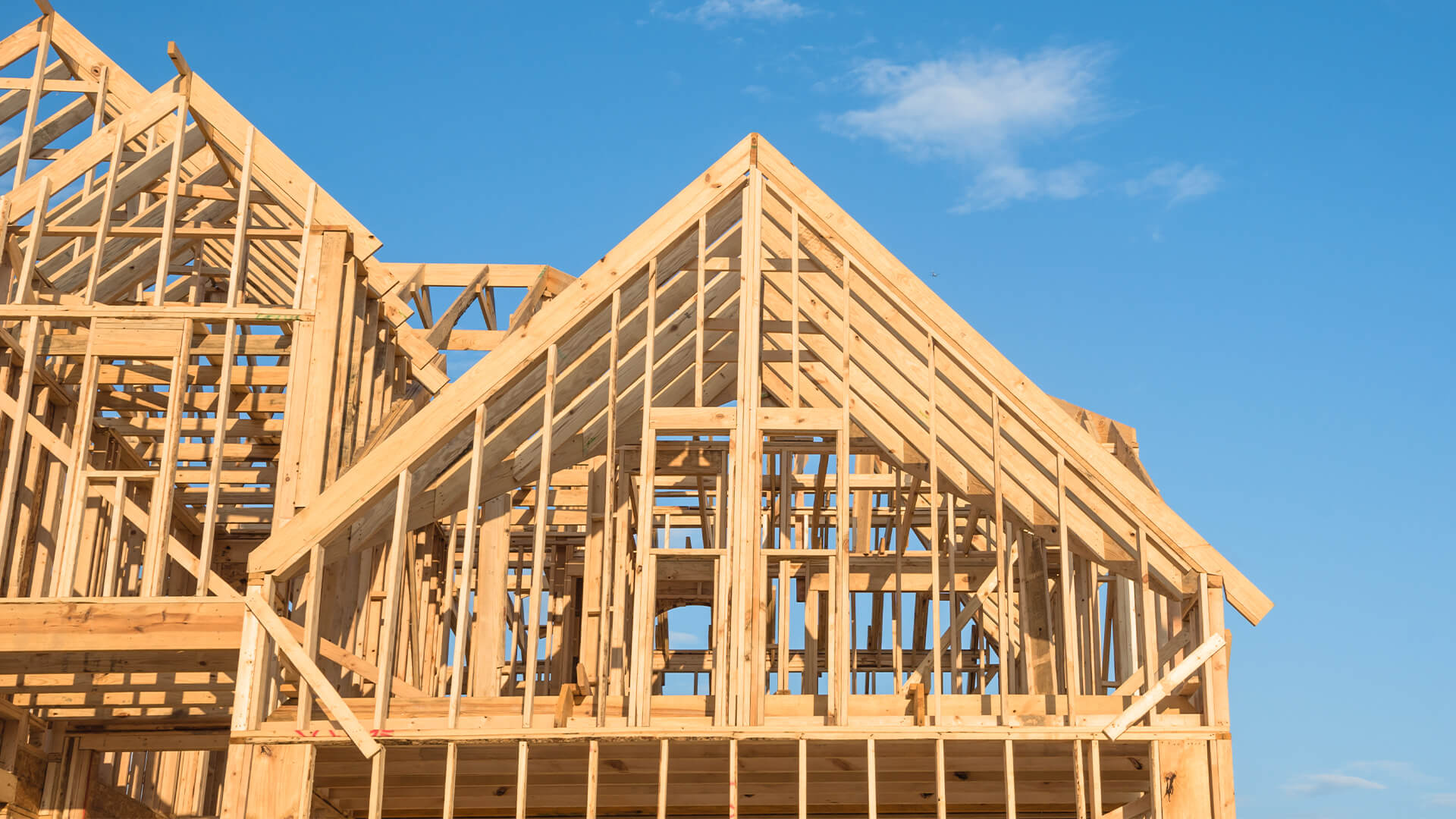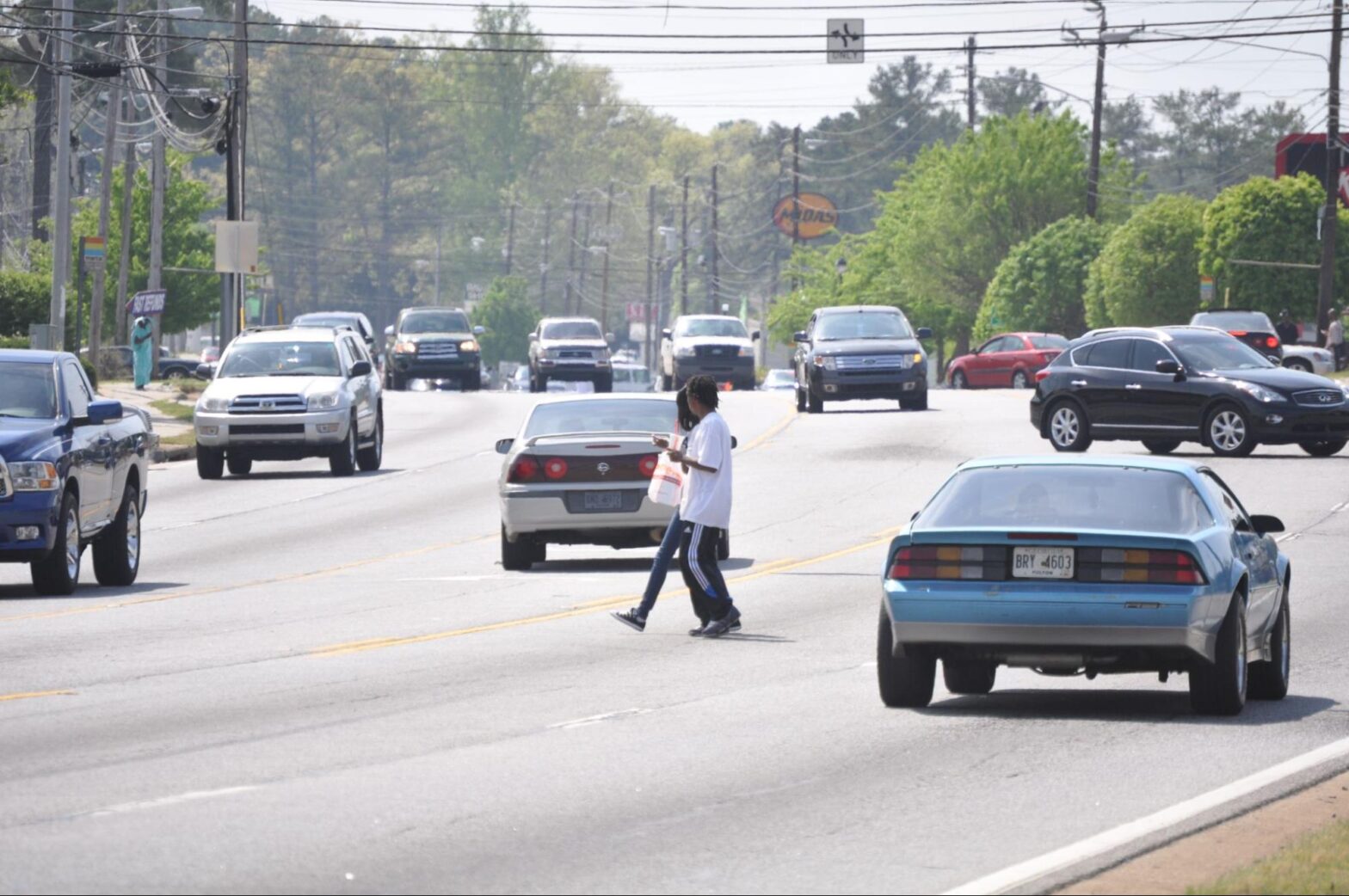
By John Fitzgerald, Project Director, Linesight
Before the pandemic, environmentally responsible building was a rising trend. This increased focus on more sustainable approaches in construction reflects the fact that in 2019, residential and commercial sectors accounted for a combined 39 percent of total U.S. energy consumption in buildings. Now, with ongoing COVID health concerns and the new U.S. administration rejoining the Paris Agreement, green building methods are now true differentiators that can be a deciding factor for would-be occupants. They’re also critical in enabling the construction industry to respond to today’s pressing environmental challenges. For building owners and contractors grappling with a COVID-induced downturn, sustainable building practices can also provide a clear path forward.
The impact of the Paris Agreement
Everyone knew that an incoming Biden administration would mean significant change for the United States, but many were still surprised at how quickly those changes started to take shape. One of the biggest about-faces comes in the rejoining of the Paris Agreement, a global treaty on combating climate change.
The Paris Agreement calls for countries to limit their greenhouse gas emissions and meet other green initiatives, with an overall goal of limiting global warming. Now that the U.S. is back on board, energy-efficient construction and sustainability goals will be supported by federal policies. It’s still unclear exactly what sort of green certifications will be required, or what the new emissions standards will be, but it’s safe to say that greener regulations will be implemented. Bolstered by the federal government, environmentally responsible building practices will be further strengthened and enforced as the new norm.
Reducing operating costs and increasing value
The incoming U.S. administration’s new regulations will likely manifest as updates to current LEED and WELL certifications. The economic benefits of these certifications have been well-documented. Most notable among those benefits is the fact that initial investments in green building improve the value of properties, with owners reporting an increase of 10 percent or more in asset value. As for operational costs, LEED certified buildings have demonstrated maintenance costs that are nearly 20 percent lower than other commercial buildings, while green retrofits have been shown to reduce operating costs by almost 10 percent per year.
Adhering to LEED and WELL will put building owners in favorable standing when new policies are established as a result of the re-entry into the Paris Agreement. And with an estimated 6.5 percent contraction in the US GDP, almost every organization across all industries is looking for ways to cut expenses and recoup costs. Combine that with the nearly year-long work-from-home situation that has many organizations looking to reduce their physical office space permanently, and it’s clear that budgets for commercial properties in 2021 and beyond will be smaller than they have been in the past. The construction industry should be ready to meet this demand for smaller, more cost-effective office spaces with green initiatives.
Calculating the hidden costs of carbon
One of the biggest misconceptions in the construction industry today is how much of an impact embodied carbon has on the environment, and the positive impact that can be made to greenhouse gas emissions by managing them. Embodied carbon is the carbon released into the atmosphere during the production and transportation of concrete, glass, steel, and other construction materials. It’s a “sunk cost” in that it’s already been incurred by the time the material makes it to the build site. And the cost is a substantial one: 11 percent of total energy-related CO2 emissions come from embodied carbon. The building sector as a whole accounts for 39 percent of total energy-related CO2 emissions, with the other 28 percent coming from operational carbon. Clearly, embodied carbon has a significant impact on the environment and needs to be taken as seriously as operational carbon, which is why major multinational firms are using the embodied carbon in construction calculator (EC3) to report and reduce emissions on projects.
Improved air quality and HVAC systems
The COVID crisis reminded the world of the importance of adequate ventilation and air filtration, and has significantly impacted building requirements as a result. Because HVAC considerations are one of the primary focuses for both LEED and WELL certifications, builders already have a strong foundation of knowledge to work from when addressing these COVID-related concerns.
These certifications also emphasize adequate insulation, natural lighting and other elements that affect quality of life. In the post-COVID world, these attributes can be critical deciding factors in building designs. Imagine being able to market a new build with cost-cutting and emissions-reducing insulation, along with a HVAC system with virus-fighting filtration and UV sanitation. These features might have been little more than footnotes to owners pre-pandemic. Now, they are exactly the sort of additions that set one commercial space apart from another in attracting occupants. While these aren’t revolutionary technologies, they represent existing solutions for creating a greener office space that address COVID-19 health concerns by ensuring proper ventilation and air filtration.
An emphasis on quality of life
In the past, the focus of LEED and WELL certifications was to create spaces that were environmentally sustainable, as well as providing plenty of natural light, fresh air, and personal space for their occupants. These conditions aimed to improve the overall environmental quality inside the building, and the coronavirus has demonstrated just how important that can be moving forward. Expect to see stricter regulations around maximum occupancy, ventilation, and other ’quality of life’ categories, as policymakers take actions to slow future outbreaks. Meeting stricter quality of life certifications now will prevent the need to retrofit buildings later, should regulations change as expected. But being adept at such upgrades could also prove to be a valuable income stream, as offices look to improve their floor plans, HVAC systems and filtration units.
The growing role of AI in sustainability
Now that the Paris Agreement codifies America’s intent to mitigate climate change, expect to see artificial intelligence play a larger role in sustainability practices. Neural network AI has already proven useful in monitoring emissions at Xcel Energy’s coal plants, making real-time recommendations for reducing harmful emissions and keeping the plant at optimal efficiency. As advances in AI lower the price of entry and make more targeted applications possible, we could see similar neural networks working to improve indoor air quality, water filtration and usage, overall power consumption, and other important factors in sustainable buildings. In all of these cases, improved sustainability practices mean improved profitability through lower operating costs.
Supporting ongoing recovery efforts
The construction industry is feeling the economic effects of this virus, with nearly 40 percent of construction firms experiencing layoffs over the past year. A green building initiative can help spur recovery by reducing operational costs and increasing the value of assets. There is also an opportunity to promote these building practices as being not only good for the environment, but crucial in preventing and slowing future viral outbreaks.
It should come as no surprise that recovery in the construction industry will take some time, but building green now will put owners and contractors in the best position to meet the needs of both businesses and individuals. As the Paris Agreement rolls out requirements on sustainable building practices, going green may no longer be a choice, but a business imperative that will positively impact revenues, and more importantly, human health.
John Fitzgerald is a Project Director at Linesight, specializing in project and cost management. John has extensive experience supporting design and construction projects in both Europe and North America, for a multitude of sectors. His current focus is leading a team of project controls specialists on one of the largest commercial projects in North America.















